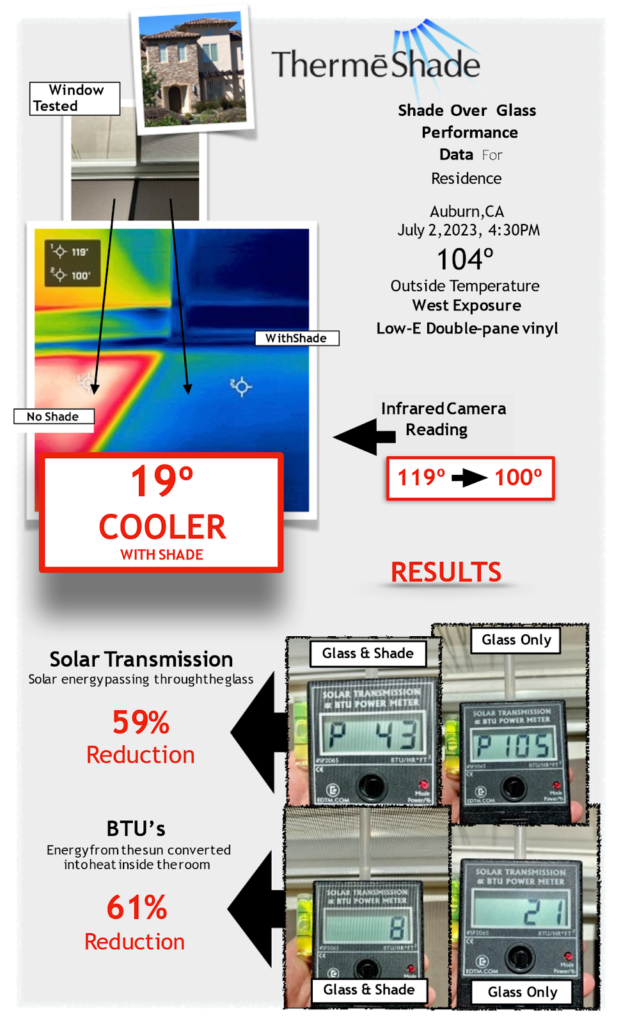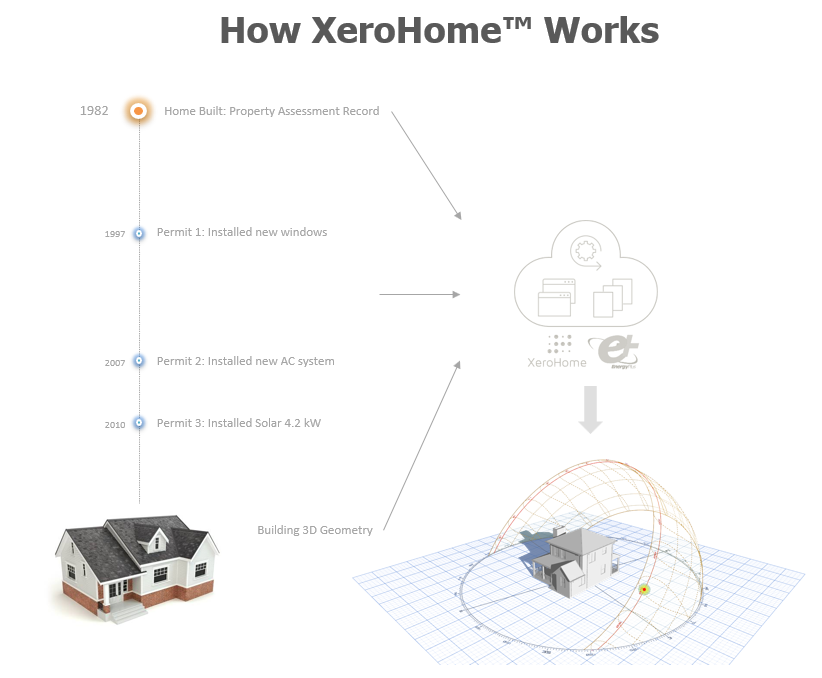It has been nearly 50 years since California began in earnest to eliminate waste in the use of energy in the home with the adoption of energy-efficient building codes and appliance efficiency standards. In those five decades, those codes and standards have been updated and extended many times. You would think that there would be little more that would be squeezed out of this sector. This is illustrated by looking at the differences in energy consumption per person in the residential sector in some similar states.
Annual Residential Energy Use Per Capita – 2018
(EIA Data)
|
Electricity (kWh) |
Total Energy (Million Btu) |
|
|
California (Only Hawaii is lower) |
2258 |
36.5 |
|
Oregon |
4842 |
56.9 |
|
Arizona |
4527 |
59.0 |
|
Florida |
5809 |
56.2 |
|
Texas |
5493 |
59.1 |
There is a big BUT though. The average home in California is nearly 45 years old and the price of energy is higher in California. Increased energy efficiency has helped, but most homes were built well after the state’s efficiency standards and higher energy prices discourage consumption.
Our MeetUp on August 24 demonstrated the surprising reality that more and more ways are being discovered that can reduce home energy use and shrink energy bills, as well as ways to displace carbon emissions from the home. In part this comes from advances in end-use technology (LED lights replacing incandescent bulbs for example) but also from helping customers look at their energy use and discovering ways they can save more.
Diana Eastman talked about her innovation, Thermeshade. It is a shade screen that cuts out over 50% of the heat gain or loss through a window, even if it already is an efficient window. The screen material is lightweight and almost transparent. This is so much better than tinting the windows or putting on the heavy plastic shade screens that you can barely see through. It is an easy retrofit and can be removed and used again if residents move. Windows is about R1-R2. They are not good at blocking heat gains (summer) or losses (winter). Thermeshades are such an easy retrofit.

Mudit Saxena of XeroHome showed off his AI-based software that can tell a resident where they are losing the most money and creating the most carbon emissions—without ever going to the home. The app uses building permits, utility bills, property sales data, and Google Earth to make a good estimate of what must be going on in the home. This is so much easier than the old way of having an on-site energy audit done one by one. The City and SMUD have paid XeroHome to make their tool available to residents here. The tool in a matter of hours analyzed all 185,000 residential units in the City and made that information available on a confidential basis to the residents. The tool looks at both energy cost savings as well as reductions in carbon emissions, showing how dual-use heat pumps and induction stoves can be much better investments than most would think, especially with all the incentives available. XeroHome takes all those into account in coming up with a return on investment.
Jerry Pepper, an Energy Specialist with SMUD, briefed the crowd on all the incentives and programs SMUD has to encourage more savings in the residential sector. SMUD sees gaining more efficiencies and emissions reduction in the residential sector as vital to achieving its zero carbon goals. He also laid out the utility’s plan to address upgrading entire neighborhoods at a time. Priority neighborhoods are those that are disadvantaged. Pepper listed these opportunities available in the neighborhood program:
- Renter – Apartment: eligible for an advanced power strip, fan, and LED light bulbs
- Renter – House: eligible for a programmable thermostat, advanced power strip, LED light bulbs, insulation, and minor efficiency upgrades*
- Homeowner: eligible for some heating and cooling repairs or replacements, energy efficiency upgrades (or switching from gas to electric appliances), and electrical vehicle chargers
And for the disadvantaged areas, SMUD would also provide:
- Rate Assistance
Reduce bills via rate discounts:
- Energy Assistance Program Rate (EAPR)
- EAPR for non-profits (residential and commercial
- Medical Equipment Discount Rate (MED Rate)
- Dwelling Assistance
Reduce energy burden, by improving energy efficiency and creating a safer, healthier home
- Virtual and in-person energy assessments and education
- Weatherization, energy efficiency, building & transportation electrification, and solar
- Energy saver bundles for renters
- Bill Assistance
Reduce bills by applying funds:
- EnergyHELP
- HEAP
- Community-based organizations
- Churches & Tribe commitments
- Outreach & Education
Educate and inform:
- Networking and community meetings
- Workshops & trainings for communities
- Video, phone, email, and in-person energy education
- Outreach and communication about programs
By no means did we cover in this MeetUp all the things that could yield more savings in the home? It is a topic we will continue to cover.

ABOUT THE AUTHOR
Gary Simon is the Chair of CleanStart’s Board. A seasoned energy executive and entrepreneur with 45 years of experience in business, government, and non-profits.
CleanStart Sponsors
Weintraub | Tobin, BlueTech Valley, Revrnt, River City Bank
Moss Adams, PowerSoft.biz, Greenberg Traurig, California Mobility Center



